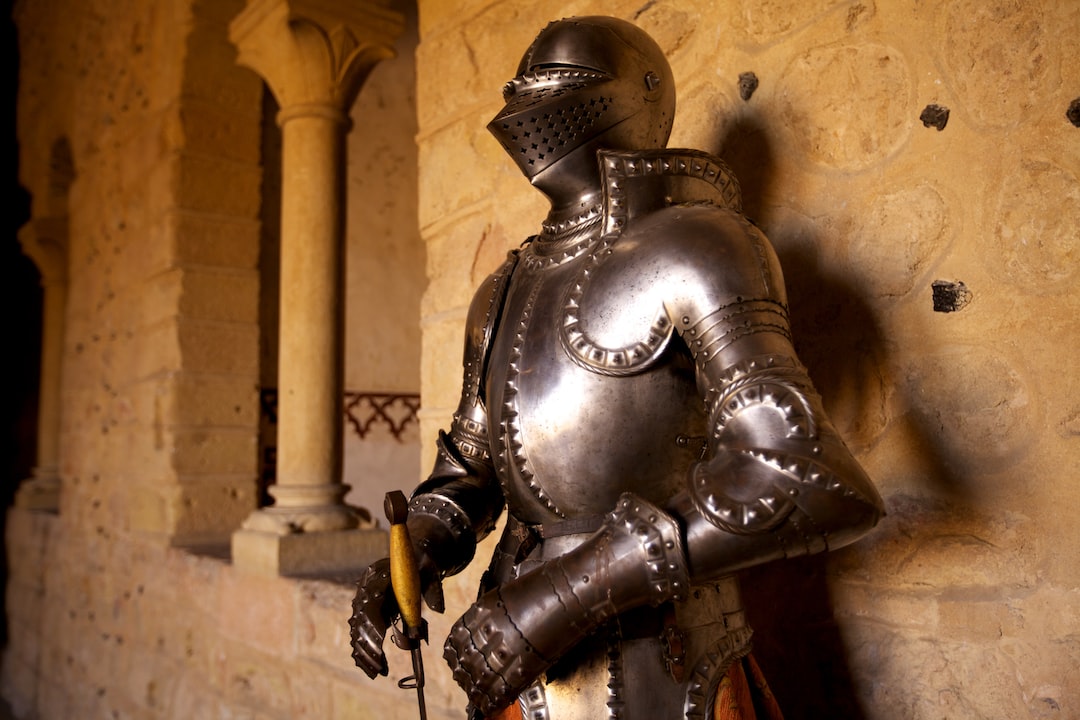If you’re planning a wedding, why not take it back to the Middle Ages? Medieval weddings were full of traditions and customs that have been passed down through the generations. From traditional attire to unique ceremonies, there are so many ways to incorporate medieval wedding traditions into your special day. Whether you want an old-world style or just some subtle nods towards history, let’s explore all the wonderful ways in which we can bring these ancient rituals into modern times.
Medieval Wedding Traditions
Medieval Wedding Attire
When it comes to medieval wedding attire, the bride and groom would typically dress in their finest garments. The bride’s dress was usually made of a luxurious fabric such as velvet or silk, with intricate embroidery and lace detailing. Colors were often muted shades of blue, green, yellow, or brown. Accessories such as veils and crowns were also popular for brides during this time period.
For grooms, traditional outfits consisted of a tunic shirt with trousers or breeches underneath. Materials used included wool and linen fabrics in colors like black, gray, brown, and beige. Grooms would also wear hats such as caps or flat-topped hats that had feathers on them for decoration.
Accessories could include gloves for both the bride and groom as well as jewelry pieces like rings and necklaces to symbolize their union together. For added flair during the ceremony itself some couples might choose to carry matching swords or staffs while they exchange vows in front of their guests.
Colors played an important role when it came to medieval wedding attire too; bright hues like red signified passion while lighter shades indicated innocence – perfect for newlyweds. Fabrics varied from lightweight cottons to heavier velvets depending on what look each couple wanted to achieve on their special day, but no matter what combination they chose one thing remained constant: love.
From the bride’s dress to the groom’s outfit, medieval wedding attire is a reflection of one’s status and wealth. With this in mind, it is important to consider carefully what colors and fabrics will be used for each item of clothing during the ceremony. Let us now explore how these traditions are reflected in a medieval wedding ceremony.
Medieval Wedding Ceremony
The medieval wedding ceremony was a solemn affair, steeped in tradition and symbolism. Venue and Decorations: The venue for the ceremony would typically be a church or chapel, decorated with tapestries, banners, garlands of flowers and greenery. Candles were also often used to add an air of reverence to the proceedings. Processional and Recessional Music: Traditional music was played as the bride entered and left the ceremony – usually performed by minstrels on lutes or harps. Exchange of Vows and Rings: After exchanging vows, rings were exchanged between the couple as a symbol of their commitment to each other. Blessing of the Marriage Union: Finally, prayers were said for blessing upon their union before they exited together as husband and wife.
In conclusion, while there are many variations in how medieval weddings were conducted throughout Europe during this time period, these elements remained consistent across cultures, providing us with insight into what it meant to marry during this era.
As the medieval wedding ceremony comes to an end, it’s time to transition into the celebration of the union and start planning for a memorable reception with delicious food, lively entertainment, and meaningful activities.
Medieval Wedding Reception
When it comes to a medieval wedding reception, the food and drink options are often inspired by traditional dishes from the era. Think roasted meats, hearty stews, breads, cheeses, and fruit tarts. For drinks, mead is usually served as an homage to the period. Entertainment can range from minstrels playing lutes or harps to jugglers performing tricks with fire or swords. Games like chess and jousting can also be organized for guests’ enjoyment. Activities such as archery contests and sword fighting demonstrations are popular too. As far as favors go, couples typically give out small trinkets like coins or jewelry that represent their union—a great way to thank guests for attending your special day.
As the reception comes to a close, it is time to move on and explore more of the unique medieval wedding traditions that will make your special day even more memorable.
Medieval Wedding Traditions
Medieval weddings were steeped in tradition and symbolism. Many of these traditions are still practiced today, making them a wonderful way to add some unique flair to your special day. Here’s an overview of three popular medieval wedding traditions: handfasting ceremonies, bedding ceremonies, and jumping the broom.
Handfasting Ceremony:
Handfasting is an ancient Celtic custom that symbolizes the binding together of two people in marriage. During the ceremony, couples join hands while exchanging vows or rings as a sign of their commitment to each other. This ritual was often performed outdoors with witnesses present for added solemnity and authenticity. Today, many couples choose to incorporate this meaningful tradition into their modern-day nuptials by having their officiant tie ribbons around their joined hands during the ceremony as a symbolic gesture of unity and love.
Bedding Ceremony:
The bedding ceremony was another traditional practice associated with medieval weddings that is still enjoyed today by many couples who want to honor its rich history and significance. After saying “I do” at the altar, newlyweds would be escorted back home where they would be presented with a beautifully decorated bed—complete with fresh linens—and invited guests would witness them entering it together for the first time as husband and wife. In modern times, this charming custom has been adapted so that bridesmaids can help make up the couple’s marital bed on their wedding night before they retire for some much-needed rest after all those hours spent celebrating.
Jumping The Broom:
Jumping over a broomstick is yet another age-old tradition found in many cultures around the world that dates back centuries ago when it served as an important part of various rituals related to marriage unions or new beginnings in life such as childbirth or coming-of-age celebrations. Nowadays, it has become increasingly popular among contemporary couples who wish to pay homage to its historical roots while also adding something fun (and photogenic.) To their big day festivities. Whether you opt for one large broomstick placed between two chairs or several smaller ones laid out on either side like stepping stones across a riverbed, it’s sure to bring lots of joyous laughter from everyone involved.
Conclusion
The medieval wedding traditions are a unique and interesting way to add some extra flavor to your special day. From the attire of the bride and groom, to the ceremony itself, all the way through to the reception – there’s something for everyone when it comes to these ancient customs. Whether you’re looking for an old-fashioned feel or just want something different from what’s expected, exploring these traditions can help make your wedding truly memorable. So don’t be afraid to look back in time and explore all that medieval weddings have to offer.




